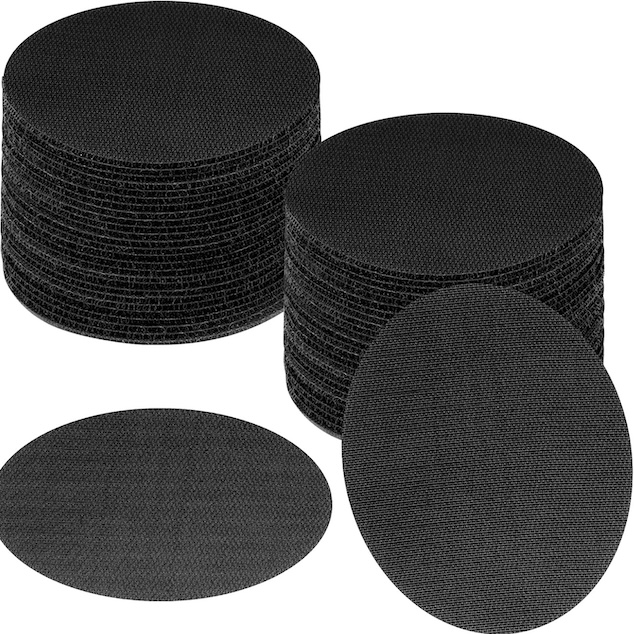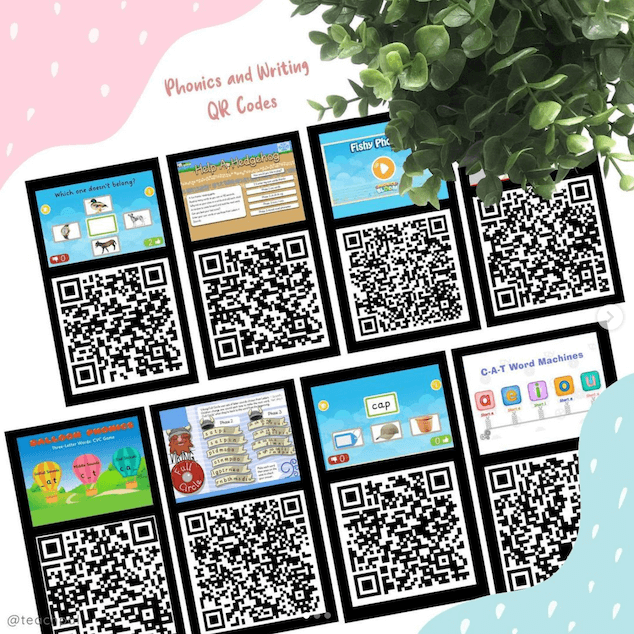Brief summary
Set during WWII, we follow Olive and Cliff as they’re evacuated to the coast of Devon after months of heavy air raids across London. A coded note links the disappearance of their sister Sukie to Devon, and Olive is determined to unravel the mystery.
My comments
Letters from the Lighthouse portrays the impact WWII had on children, in an easy to understand way. Mystery and suspense have been cleverly woven throughout the book and never feel forced, instead giving children a hook to keep wanting to come back to the story. The treatment of Jewish people during the war is covered with sensitivity; through the eyes of open-minded, relatable characters, children reading this book are able to gain an insight into prejudice and the power of their voice when speaking out against it.
The book does not feature heavy setting descriptions. Instead, Emma Carroll increases her use of descriptive language at key points, heightening the impact on the reader. An example of this comes early in the book, when an air raid hits London. Her sudden escalation of setting at that particular moment, paints a vivid, gritty picture of life in London during WWII, making the overall scene resonate in a much deeper, more meaningful way.
I glanced at Ephraim, at his closed face, and wondered if he was hiding things too.
Emma Carroll
Letters from the Lighthouse starts off with relatively few characters, but the number increases steadily as the book progresses, resulting in quite a few by the end. Each character feels necessary, and it’s clear that Emma Carroll has put a lot of thought into what each one can bring to the story. This asymmetric character structure gives the story room to delve into the deep-rooted prejudices often faced by refugees, as seen through the eyes of open-minded children. By shining a spotlight on supplementary characters’ preconceptions and showing their progression towards change and acceptance, my class were able to connect with the injustices faced by refugees, both in the past and the present, on a far deeper level.
This book breaks away from the usual hero’s journey; I would usually expect to see the main characters go through a great deal of change, whilst the supplementary characters remain largely static. In this book, the main characters do change, but we see the greatest changes made by the people around them. This makes it great as a character study, as the changes happen over pages instead of chapters. Olive also shows substantial resilience and determination throughout the book, making her a wonderful, relatable role model for children.
Emma Carroll clearly put a lot of research into writing Letters from the Lighthouse. It lends itself very well to teaching a WWII topic to a class, as the prolific use of wartime terminology and speech does a fantastic job of educating the reader on specific aspects of the war. I read through the book beforehand and then timed my teaching to coincide with the book so that my children were able to better visualise what I was teaching them.
Class comments
A lovely review from one of the children in my class:
‘Emma Carroll pulls on the reader’s heartstrings. She made me feel bad for Olive, but not only for her, for all people and families that suffered throughout WWII. The author used such powerful vocabulary, it felt like I was there. Not only is this a great book, it spreads a message. It shows you that just because you have a different religion, or you think differently, doesn’t mean you’re good or bad.’
Another child asked me if I could message Emma Carroll and ask her to make the book into a film.
Themes
- Determination and resilience.
- Bravery.
- Having to leave somewhere to ensure survival.
- Friendship and acceptance.
Curricular links
- WWII.
- Devon (local area study).
- Growth mindset (health and wellbeing).
- Discrimination and prejudice (health and wellbeing).
Points to consider in class
- The death of one parent, and how it impacted the other parent, comes up at the very beginning of the book (page 5). Possible loss of further family members comes up throughout the book.
- Bombing and subsequent hospitalisation feature in the first few chapters. These paint a grim picture of the war, but remain suitable for younger children and should not cause any problems for your class.
- Adult characters initially treat a downed German pilot in a threatening manner, including spitting at him.










